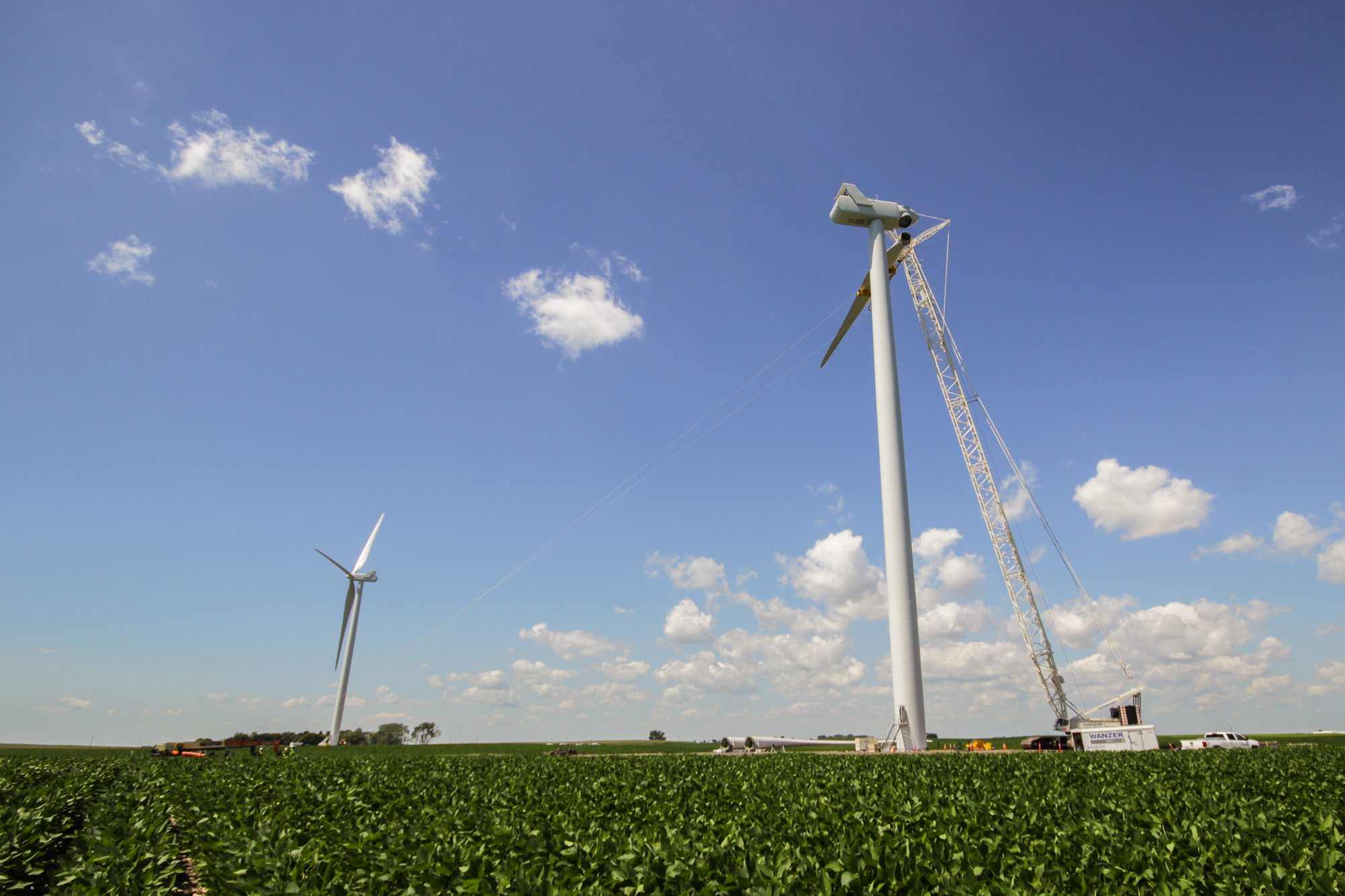The recent post
“Juhl Still a Player in Renewable Energy”
discussed the renaissance of Juhl Energy (JUHL: OTC/PNK) three years after the
company stopped filing reports with the SEC.
Juhl claims the successful
development of over 350 megawatts of wind power generation capacity at 25
different wind projects. The company is
developing a mixed-source project in Red Lake Falls, Minnesota, Juhl’s home
state, that is expected to be the first commercial solar-wind power generation
source in the U.S. When construction is
complete in August 2017, there will be two 2.3 megawatt wind turbines and 1.0
megawatt solar conversion capacity.
Small power
projects under 20 megawatts are Juhl’s sweet-spot in the renewable energy
industry. Despite the shift in thinking
that emanates from the White House that prefers oil and gas, Minnesota appears
to be particularly friendly toward renewable energy. Legislation is in the works to increase
Minnesota’s renewable energy standard to require 50% of power from renewable
sources by the year 2030. The current
renewable energy standard in Minnesota is 25% by 2025 , which was set through
the state’s Next Generation Energy Act. That
legislation had bipartisan support when it was passed in 2007. Fast forward through some interesting
political years, finds the Minnesota legislature still of a common mind about
renewable energy.
Yet, it may be
more the case that Minnesota legislators are in agreement on the creation of
jobs. Proponents of the more ambitious
renewable energy standard believe that it could create as many as 1,500 jobs in
clean energy businesses, which can be read solar and wind power in land-locked
Minnesota. The view seems to be in
agreement with Juhl Energy’s assessment of strong demand from industrial,
commercial and municipal customers for small-scale renewable energy generation. For states like Minnesota that have no
appreciable coal, oil and gas deposits, renewable energy may present more economic
growth opportunity than a chance to address environmental concerns.

Minnesota
currently ranks in tenth place in the U.S. for generating energy from wind but
is among the least intensive users of solar power, owing largely to Minnesota’s
location in the cloudy, wind-swept northern plains. Xcel Energy, Inc. (XEL: NYSE) is the state’s
largest electric utility, which serves customers in eight states in the nation’s
middle section. Xcel recently reported sourcing
of 110,833 million kilowatt hours of total energy in 2016, of which 36.7%
originated from wind, nuclear and hydroelectric sources. Xcel has no solar installations of its own
and apparently does not purchase power from any solar power producers other than participation in programs for residential solar installations.
Xcel presents an
interesting play on Minnesota’s green-power friendly atmosphere. The company is well entrenched in its
markets, especially in Minnesota. Xcel’s
business model appears to be in-line with Minnesota’s economic and
environmental priorities as least as suggested by plans for a higher standard
for renewable energy generation.
In 2016, the
most recent fiscal year reported, Xcel earned $1.1 billion in net income or
$2.21 per share on $11.1 billion in total sales. Operations generated $3.1 billion in cash
flow, representing a sales-to-cash flow conversion rate of 27.9%. Strong cash flows have helped support a 60%
payout ratio and a $1.44 dividend slated for 2017.
XEL is now
trading at 19.8 times trailing earnings and the forward multiple is 18.8
times. Analysts who follow XEL are
apparently not expected considerable growth in 2017. Nonetheless, with a current dividend yield of
3.2%, the stock has an appeal for investors with an interest in current income
and a preference for environmentally friendly companies.
Neither the author of the Small Cap Strategist web
log, Crystal Equity Research nor its affiliates have a beneficial interest in
the companies mentioned herein.
No comments:
Post a Comment